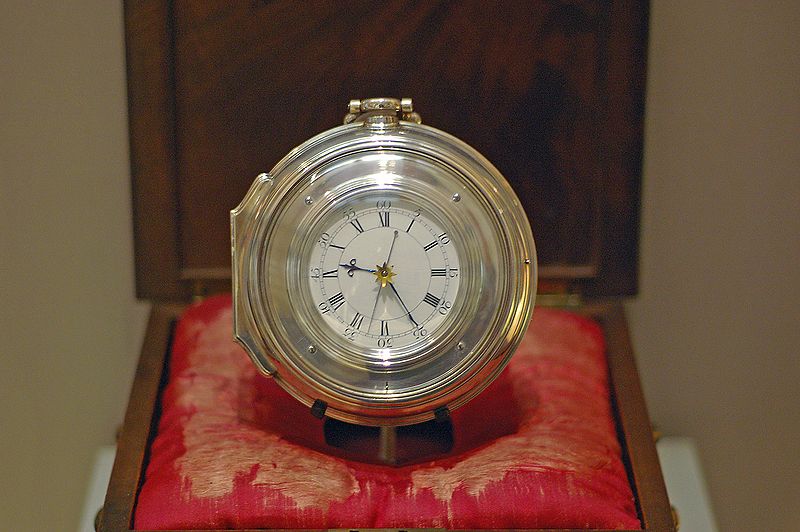Sunday, June 28, 2009
Sunday, June 21, 2009
Games & The New Negroponte Switch
Great presentation from Matt Jones, lead designer at Dopplr and principal at design firm Schulze & Webb. It's a mind-expanding look at the transition of services into things and things into services he calls The New Negroponte Switch. Great read.
Posted
2:39 PM
0
comments
![]() Labels:
BusinessModels,
GameDesign,
MattJones,
Presentation
Labels:
BusinessModels,
GameDesign,
MattJones,
Presentation
Wednesday, June 17, 2009
Alice and Kev

Posted
3:48 PM
0
comments
![]() Labels:
Machinima,
Stories,
TheSims
Labels:
Machinima,
Stories,
TheSims
Saturday, June 13, 2009
Book Review: Ignore Everybody
I finished up Hugh MacLeod's book, Ignore Everybody: and 39 Other Keys to Creativity the
Posted
4:37 PM
0
comments
![]() Labels:
BookReview,
Creativity,
GapingVoid,
HughMcLeod,
IgnoreEverybody,
Marketing
Labels:
BookReview,
Creativity,
GapingVoid,
HughMcLeod,
IgnoreEverybody,
Marketing
Sunday, June 7, 2009
The most significant thing at E3 2009
Well, another E3 behind us, and not just any E3. This was E3 born again. Following on the heels of the Supernova E3 and Dwarf Star E3, this was, I guess, the Phoenix E3?
As this E3 fades, we’re left with the deluge of announcements and demos to digest. It’s an interesting thought exercise to consider which are the more significant ones. Which might have the biggest long term impact, might tip the scales in the console wars, open the market to new audiences and revenue streams, etc.
There were lots of game announcements, lots of them exciting, but none so *different* as to warrant the label of ‘game changer’.
There were no wild-card disruptive entrants like we saw at GDC with OnLive’s announcement.
There were of course the keynotes from Microsoft, Nintendo, and Sony.
Sony’s got a new handheld to continue to duke it out with Nintendo on that front, and Nintendo continues to add titles and some new capabilities to their handheld. Nothing really groundbreaking on that front.
Judging from the press, most people believe that the biggest news out of E3 is that MS and Sony have played their cards on the motion control front. Microsoft with some 3D camera tech to compete with Nintendo’s Wiimote, and Sony has a wand that kind of straddles both the camera and wand camps. That is big news to be sure, but not terribly surprising.
The biggest question on the motion controller front will be what it means for developers and publishers. Big budget productions necessitate cross-platform development, or at least favor it. Certainly between PS3 and Xbox360 (and PC) we see a lot of cross-platform publishing. It will be interesting to see how and if titles can map to the very different motion controls between those platforms and Nintendo’s, and whether any of them get short-changed as a result of a lowest common denominator approach.
But I don’t think that’s the most significant of the E3 announcements. I’m going to go out on a limb and say that the most significant item out of E3 was this:
The announcement of Facebook and Twitter support within Xbox Live (Nintendo had a similar announcement around the DS, so they get some credit too).
Why do I believe this is such a big deal? Bear with me…
I’d posit that the fundamental promise to customers that the previous generation of consoles offered was “High quality games that Just Work”. High quality 3D games like those that were available on PC, with a console’s level of quality control and usability.
I’d also claim that for the current generation of console, at least for the 360, the promise grew to “High quality games that just work *together* within a social network”. Build your network of friends who also own 360s, and get a level of experience works *between* titles. Sony and Nintendo have both played their own version of catch-up on this front, to a point.
As 360’s installed base and capabilities have grown, so have the Network Effects. The utility of a network grows with its users (a function in this case of the installed base and the amount of time users spend on their 360s which is in turn a function of capabilities). Again, similar to what was available on PC years earlier (if you were using IM, Gamespy, etc), but with console level quality control and usability.
Fast forward to today, and one the most significant thing we see happening on the PC is with the “walled gardens” of social networks – each of which have become platforms for software development. These social networks have realized that the same network effects that grow with customer base can hold true for their platforms and their services as well. The value of a network increases if it becomes permeable to other networks.
Initially this manifests itself as the users needing to belong to both social networks, and allowing them to verify the connection between their two identies. E.g. This is my Facebook profile, this is my Flickr account and yes, you may speak to each other so that I might let my FB friends see my Flickr pics. Flickr becomes more valuable to me, and Facebook becomes more valuable to me and my friends.
But this first step is still kludgy, requiring an identity on both social networks. More recently, we are seeing some of these social networks becoming sources of trusted identity credentials. Note that I can now login to Dopplr by using OpenID. I can log in to FriendFeed using OpenID, GoogleID, or my Facebook credentials. Examples exist on the forefront of gaming too. For example, Metaplace allows login with six different identity providers.
To borrow an analogy from SXIP’s, Dick Hardt's Identity 2.0 presentation, this is analogous to the drivers license in the real world. When I go home to my native Montreal, I don’t have to have a Quebec driver’s license. If pulled over, say for turning right on a red, I can show my Oregon drivers license because the government of Quebec is implicitly stating “we trust Oregon as an issuer of credentials and will accept these credentials at face value for this transaction. Now here’s your ticket, ‘sti.”
If the promise of previous generations was “games that just work”, and the current that “games work with each other”, then the promise of the NEXT generation will be this: That true next-gen game platforms will comprise services that *just work* with one another.
Cracking open these walled gardens is going to be difficult. Its one thing to allow the ‘linking of identities’ like we saw announced with Live/Facebook this week. Its quite another to have those services trust the identities issued by other services as the users sole credentials, especially for facets where financial transactions are concerned. It will happen though.
Initially, I believe we’ll see the consoles requiring *their* identity system being a user requirement, but other more open web services allowing sign-in with these credentials. E.g. “sign in to your Flickr account using your Xbox Live credentials. This might grow to add billing-type transactions (e.g. instead of today’s creation of a separate billing relationship with Netflix, why not just ‘click here to join Netflix and have it deducted from your Xbox Live points’. While the mechanics and politics of such things will take time, the appeal of providing more paths to the cash register is strong.
Most important though, will be the network effects realized. The move announced at E3 will see Xbox Live, Facebook and Twitter each becoming more valuable to customers as a result of the bridges between them.
Some developers and publishers have worried about the increased power that the ‘walled garden’ platform owners might yield as these services grow to encompass everything from development to distribution. I can’t think of a better antidote to that than a realization that tearing down the walls may increase their value. It will take a long time for this to happen, but this year’s E3 marked an important first step.
Posted
7:14 AM
1 comments
![]() Labels:
BusinessModels,
E3,
E32009,
Facebook,
Identity,
Metaplace,
Microsoft,
Nintendo,
SocialNetwork,
Sony,
Twitter
Labels:
BusinessModels,
E3,
E32009,
Facebook,
Identity,
Metaplace,
Microsoft,
Nintendo,
SocialNetwork,
Sony,
Twitter
Saturday, June 6, 2009
Book Review: Edison: His Life and Inventions
Edison - His Life and Inventions
Posted
2:18 PM
0
comments
![]() Labels:
BookReview,
EdisonHisLifeAndInventions,
ThomasEdison
Labels:
BookReview,
EdisonHisLifeAndInventions,
ThomasEdison
Thursday, June 4, 2009
Book Review: Longitude

Posted
12:33 AM
4
comments
![]() Labels:
BookReview,
History,
Innovation,
Longitude
Labels:
BookReview,
History,
Innovation,
Longitude
